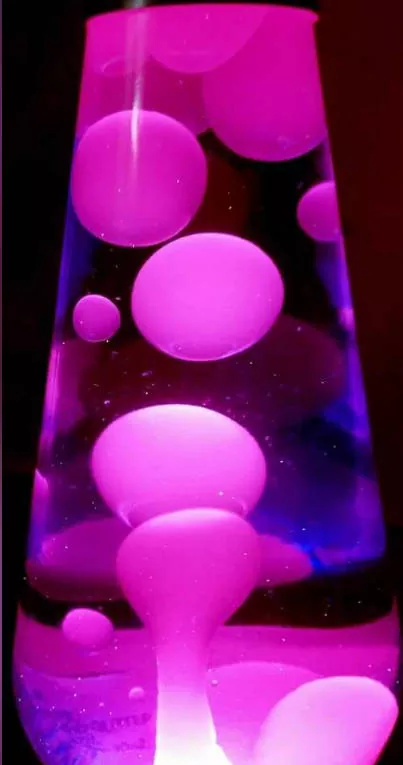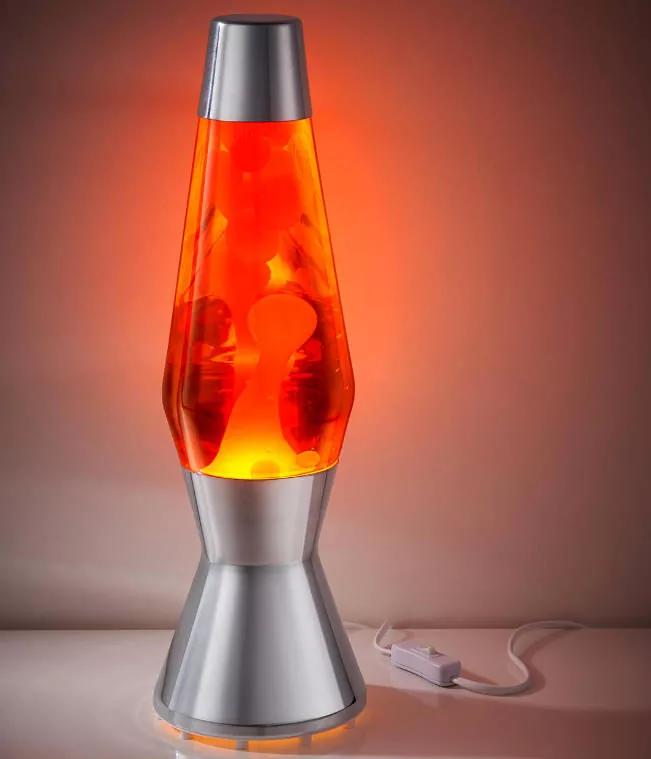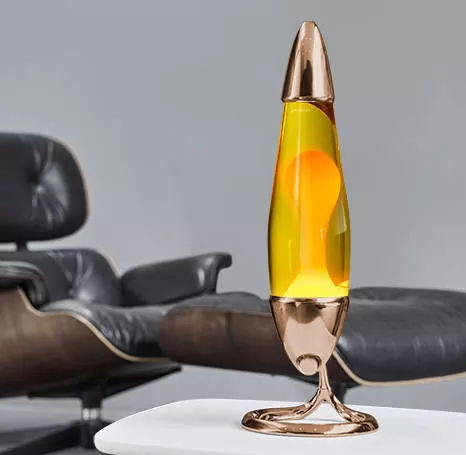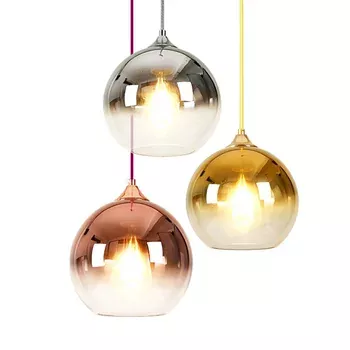
How can I make a blue and orange lava light?
1.Prepare two separate mixtures: one made of water and blue food coloring while the other one is made with water and orange food coloring.
Fill a glass, clear container with three quarters of water. Add the blue mixture. Slowly pour cooking oils on the top, leaving a space on the top of the glass.
3.Carefully pour the orange mixture into the container. When the liquids have settled into separate layers, place the container on a lamp base using an LED.
Warm the mixture by turning off the light.
Drop the tablets that are effervescent into the container.
See the bubbles move the liquids that are colored up and down, creating the mesmerizing glowing lava lamp with shades of orange and blue.
this is how to make blue and orange lava lamp!
Enjoy your homemade lava lamp!

Are you able to combine the hues of a lava light?
To mix the colors of a lava lamp, start by filling a clear glass container with water. Then, add food coloring to create the desired shades.
Then, carefully pour the cooking oil over the water, leaving some space at the top. It is possible to add various colored layers of water for a multicolored look.
The oil’s color changes when the water bubbles expand and mix.
The addition of effervescent tablets will produce bubbles that transport color-changing liquids. This enhances the mixing effect and creates an amazing display of shades.
Why do they not make the lava lamps any more?
There are many reasons the lava lamps may not be more popular than they once were:
1. Changing Trends Lava lamps were especially popular during the 1960s and 1970s as part of the counterculture movement. As fashions evolve, consumers’ preferences for home lighting and decoration may have shifted away from lamps made of lava.
Technological advancements as technology for lighting develops, , such as efficient LED bulbs that use less energy and LED lighting, consumers may prefer modern efficient lighting over the traditional lava lamps, which utilizes incandescent lamps and heat.

Environmental Beware of Environmental Lava Lamps usually made from a mix of wax and clear liquid and often contain chemicals. Concerns over environmental impacts and chemical safety may have led to a reduction in production or regulation of these products, because consumers are more conscious of the environmental and health implications.
How can you avoid using the lava lamp?
1. Near Heat Sources: Avoid placing a lava lamp near direct sources of heat, like radiators, heaters, or fireplaces. In excess heat, the liquid inside the lamp to expand too fast, potentially damaging the lamp, or cause it to fail.
2. In Direct Sunlight Avoid placing the lamp in the direct sun for prolonged time. The sun’s rays can cause the liquid in the lamp to heat unevenly. This could affect the efficiency of the lamp.
3. On Unstable Surfaces Avoid placing a lava lamp on surfaces that are uneven or unstable in areas where it can easily be crushed. Lamps made of lava are filled with liquid that could spill and cause harm to furniture or flooring if the lamp is accidentally knocked or tipped.

